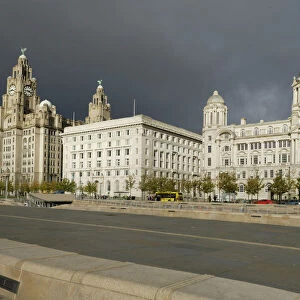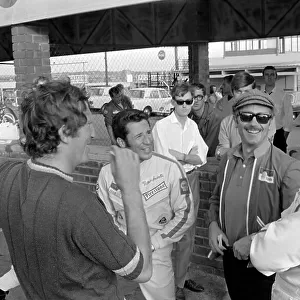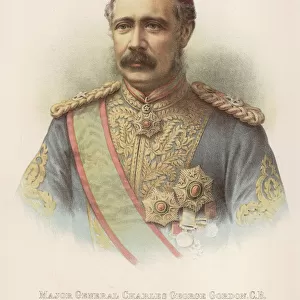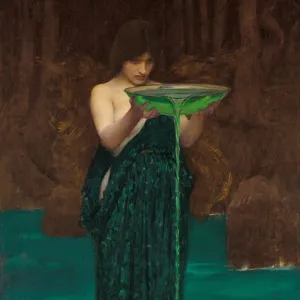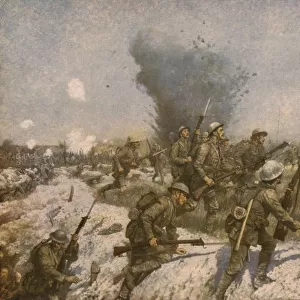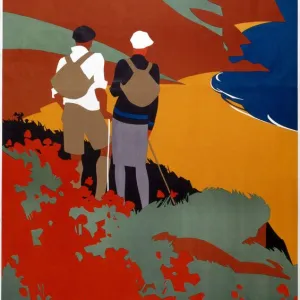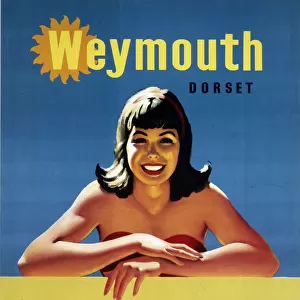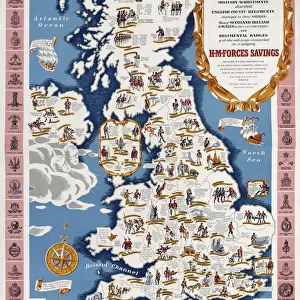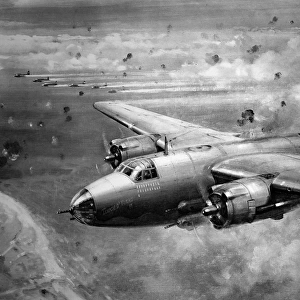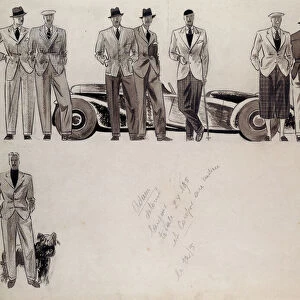Home > Africa > Related Images
Field Marshal Douglas Haig, 1st Earl Haig, Commander-in-Chief of the British Army
![]()

Wall Art and Photo Gifts from Fine Art Finder
Field Marshal Douglas Haig, 1st Earl Haig, Commander-in-Chief of the British Army
5921416 Field Marshal Douglas Haig, 1st Earl Haig, Commander-in-Chief of the British Army, 1918 circa (bronze) by Jagger, Charles Sergeant (1885-1934); National Army Museum, London; (add.info.: Field Marshal Douglas Haig, 1st Earl Haig, Commander-in-Chief of the British Army, 1918 circa.
Bronze by Charles Sargent Jagger, 1921 circa.
The son of a wealth whisky distiller, Haig (1861-1928) was born in Edinburgh into a large family of ancient Scottish lineage. He joined the Army in 1884 where he excelled at polo, saw active service in Sudan and South Africa and became a recognised authority on cavalry warfare. Haigs assiduity, aptitude for staff work and social connections enabled him to rise swiftly though the ranks and to secure the prestigious command of the British Expeditionary Force (BEF) in France in December 1915.
Haig took command at a time when the British Army was locked in entrenched stalemate with the Germans along the Western Front. Under his direction the British Army launched a series of mighty offensive against the German lines, the most famous of which were the battles of the Somme (1916) and Passchendaele (1917). These offensives resulted in huge casualties but failed to break the deadlock or to win significant territory. Haig has since been accused of being an out dated cavalryman wedded to a belief in the possibility of breakthrough, failing to appreciate the realties of the new attritional warfare where success was measured not in territory captured but by the attainment of a favourable casualty ratio.
In Haigs defence some historians now tend to blame the horrific casualties more on the nature of trench warfare and by the British Armys inherent shortcomings rather than the mistakes of individual commanders. Haig has also been commended for his commitment to the war winning strategy of defeating the Germans on the Western Front. To this end, he oversaw the greatest expansion of the British Army in its history and worked tirelessly to ensure that it evolved into a mighty and sophisticated instrument of war. By the summer of 1918 the British Army was in the vanguard of the Allied counter offensive which broke the German Army.
.); eNational Army Museum; English, out of copyright
Media ID 23664826
© National Army Museum / Bridgeman Images
FEATURES IN THESE COLLECTIONS
> Africa
> Related Images
> Africa
> South Africa
> Related Images
> Africa
> Sudan
> Related Images
> Animals
> Mammals
> Muridae
> Western Mouse
> Arts
> Artists
> Related Images
> Europe
> France
> Canton
> Somme
> Europe
> United Kingdom
> England
> London
> Museums
> British Museum
> Europe
> United Kingdom
> England
> London
> Museums
> National Army Museum
> Europe
> United Kingdom
> England
> London
> Royalty
> Fine Art Finder
> Artists
> Charles Sergeant Jagger
> Fine Art Finder
> Artists
> French School
EDITORS COMMENTS
This print showcases Field Marshal Douglas Haig, 1st Earl Haig, Commander-in-Chief of the British Army. The bronze sculpture by Charles Sargent Jagger captures the essence of this influential military figure in 1918. Born into a prominent Scottish family, Haig's rise through the ranks was marked by his exceptional skills in cavalry warfare and staff work. Assuming command of the British Expeditionary Force (BEF) during World War I, Haig faced the daunting task of breaking the entrenched stalemate with German forces along the Western Front. Despite launching several offensives such as those at Somme and Passchendaele, which resulted in heavy casualties without significant territorial gains, Haig remained committed to defeating Germany on this front. While some historians criticize him for being an outdated cavalryman fixated on breakthrough tactics rather than adapting to attritional warfare realities, others attribute these horrific casualties to trench warfare and inherent shortcomings within the British Army itself. Nevertheless, Haig's dedication to evolving and expanding the British Army into a formidable force cannot be denied. By overseeing its greatest expansion in history and ensuring its sophistication as a war machine, he played a crucial role in leading Allied forces towards victory against Germany. This powerful image serves as a testament to Field Marshal Douglas Haig's complex legacy – one that continues to spark debate among historians regarding his strategies and their impact on World War I.
MADE IN AUSTRALIA
Safe Shipping with 30 Day Money Back Guarantee
FREE PERSONALISATION*
We are proud to offer a range of customisation features including Personalised Captions, Color Filters and Picture Zoom Tools
SECURE PAYMENTS
We happily accept a wide range of payment options so you can pay for the things you need in the way that is most convenient for you
* Options may vary by product and licensing agreement. Zoomed Pictures can be adjusted in the Cart.



